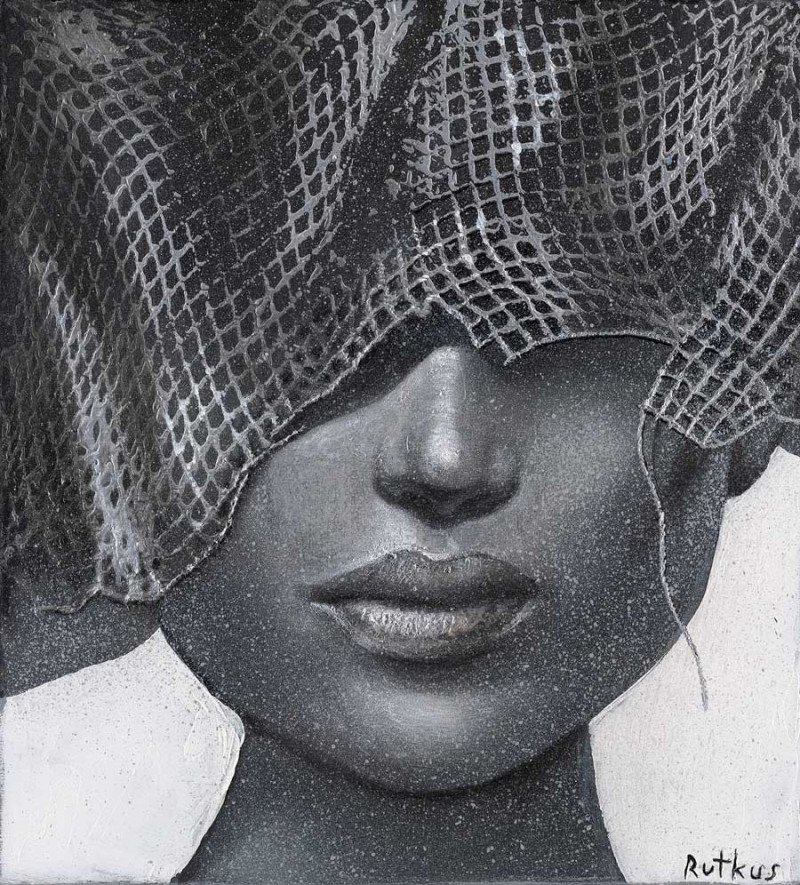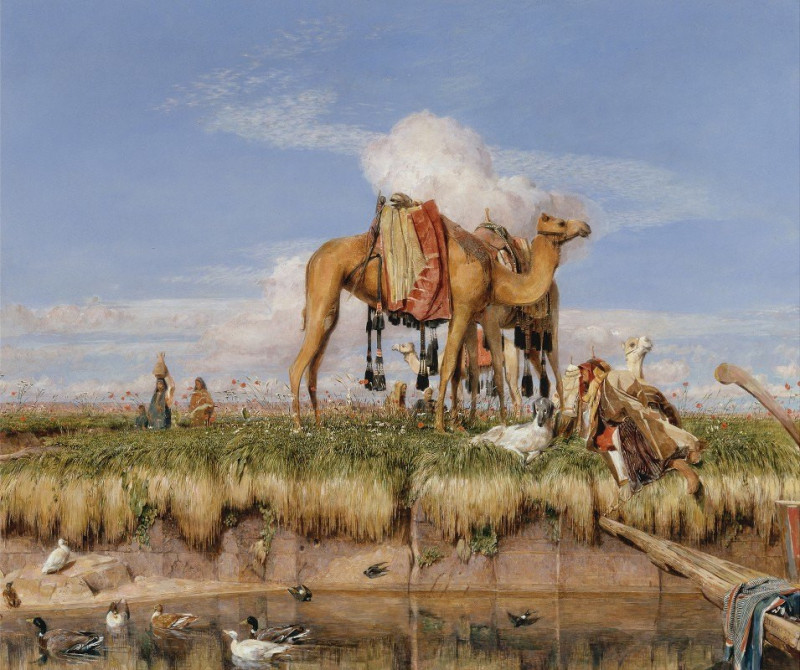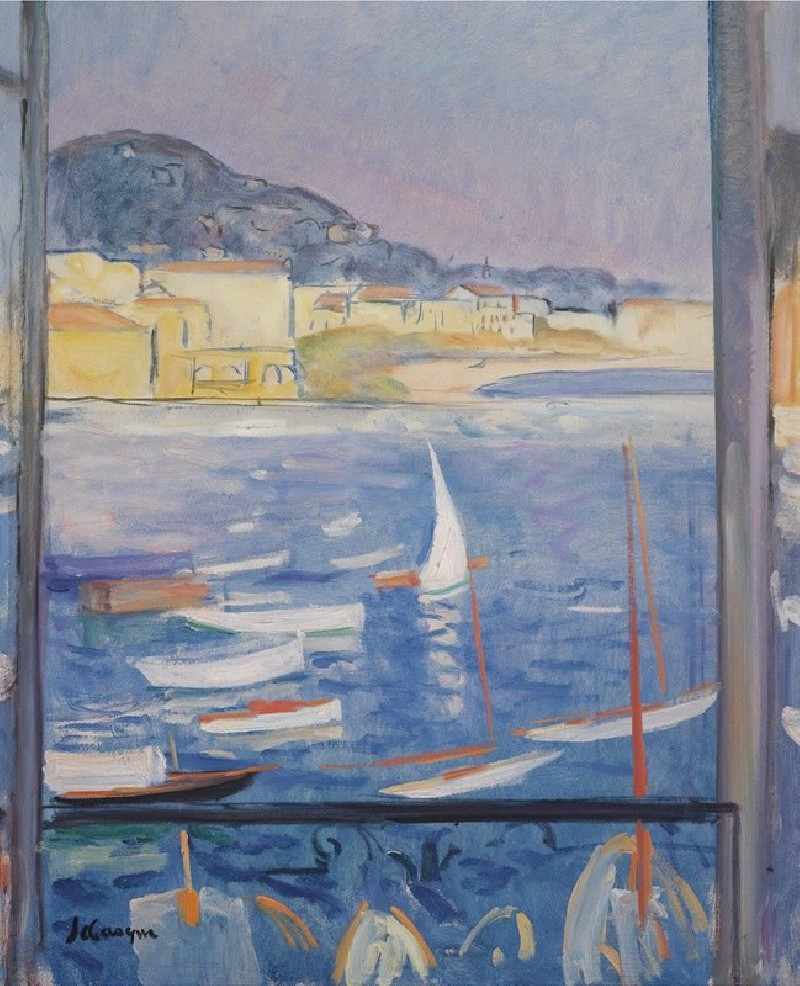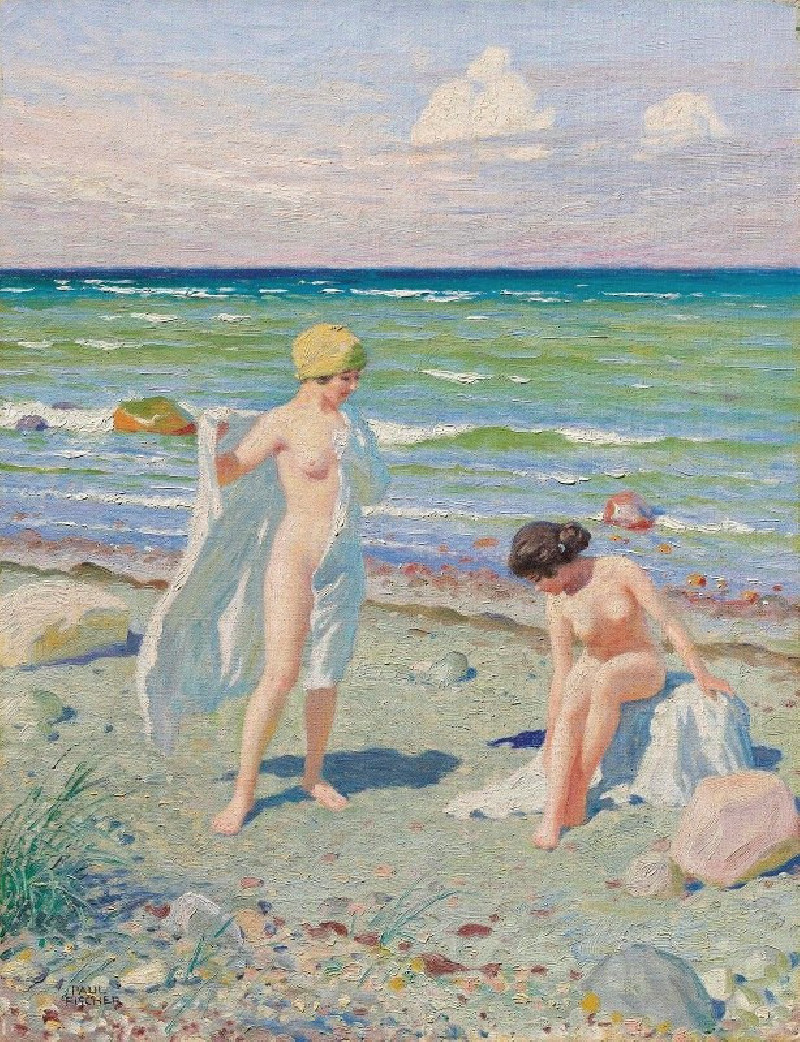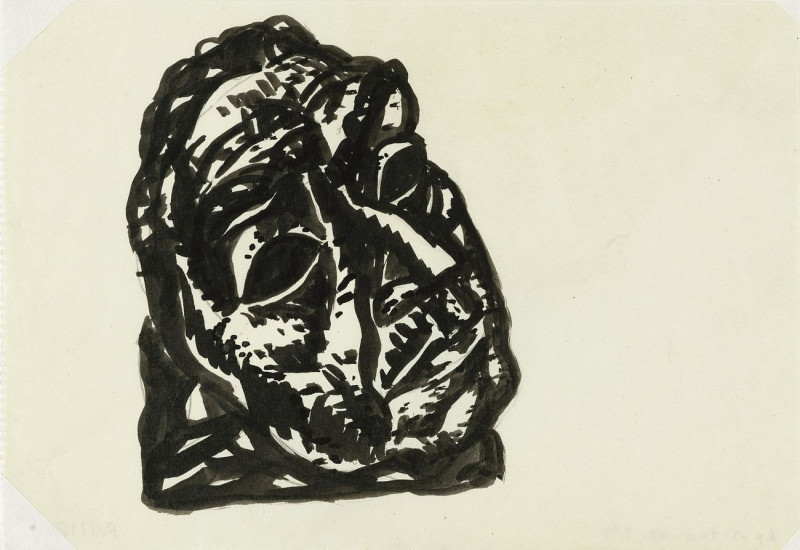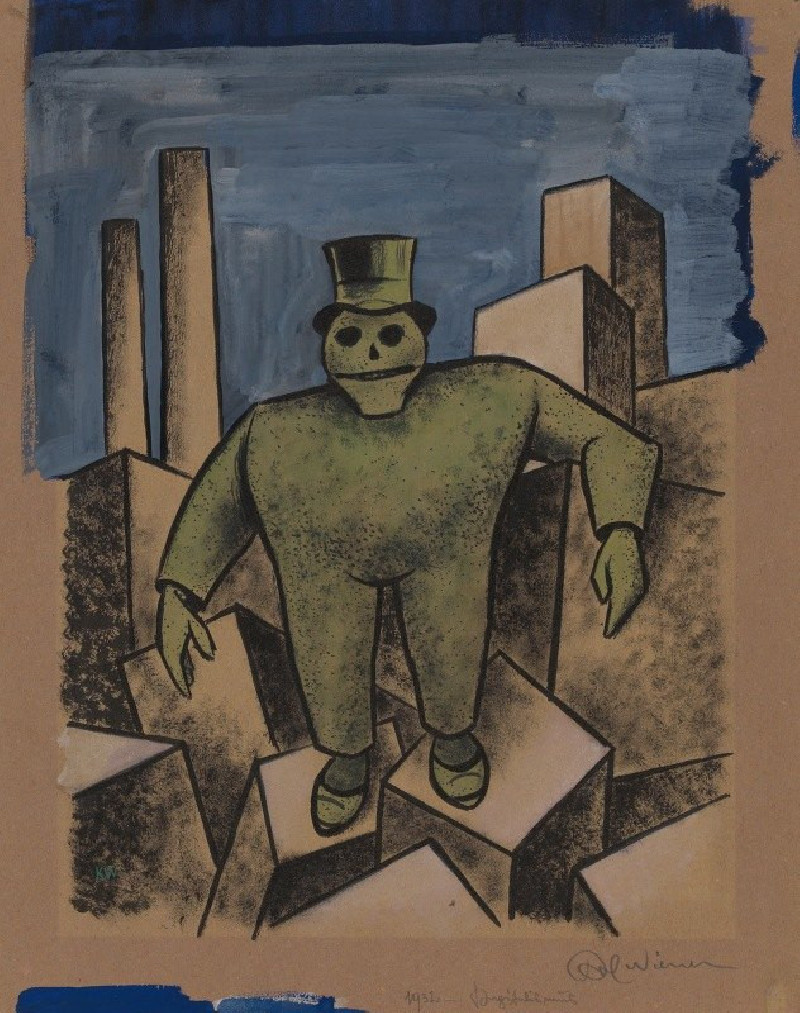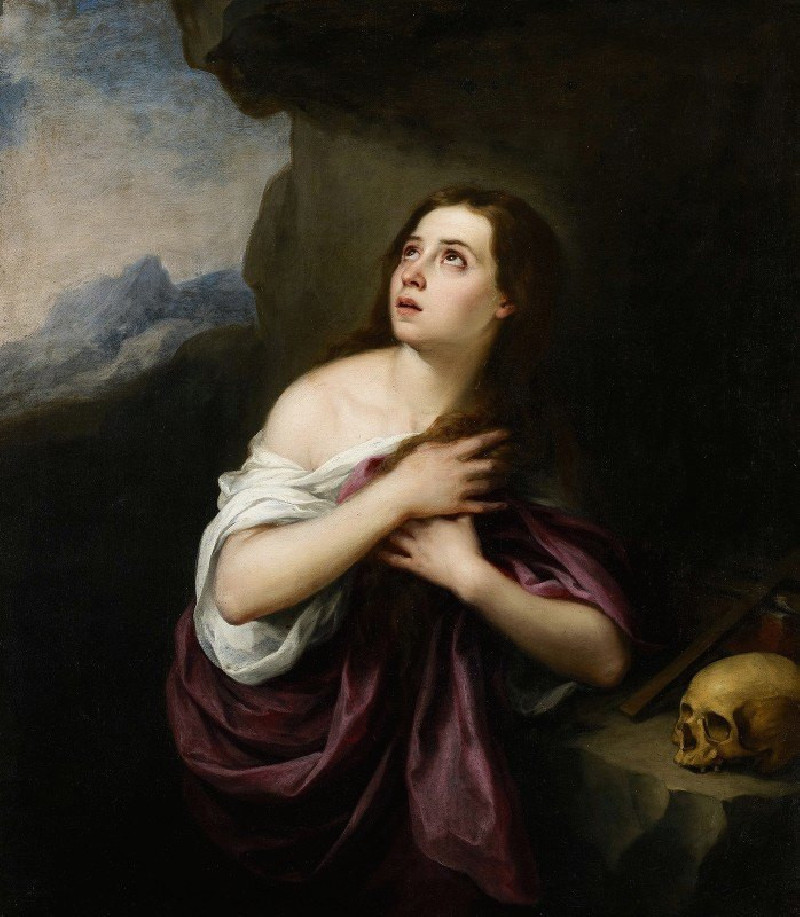Trampaarden op de Dam te Amsterdam (1893)
Technique: Giclée quality print
Recommended by our customers
More about this artwork
George Hendrik Breitner, renowned for his portrayal of urban scenes in the 19th century, captivates audiences with "Trampaarden op de Dam te Amsterdam" (Tram Horses at the Dam in Amsterdam). This masterwork, painted in 1893, is an evocative representation of daily life in one of Amsterdam's most storied public squares, capturing not just the essence of the place but also the spirit of the age.The painting features a stark yet dynamic composition, centered on a row of robust tram horses. These horses, draped in harnesses, exhibit a muscular build and intense expressions, suggesting their tireless service in the bustling heart of the city. Their presence, powerful yet patient, serves as a poignant reminder of the era before modern mechanization took over urban transport.Adding depth to the scene, Breitner includes figures of a young woman and other passersby, their features blurred yet suggestive of the transient moments of city life. The young woman in the foreground, looking directly out with a piercing gaze, acts as an emotional anchor, inviting the viewer into the scene to experience a moment frozen in time.Breitner’s use of watercolor enhances the atmospheric quality of the work, with muted hues and deliberate washes that create a sense of movement and liveliness. The texture and depth achieved through his technique beautifully convey the hustle and environmental conditions typical of a busy city square in the late 19th century."Trampaarden op de Dam te Amsterdam" is not just a depiction of Amsterdam's urban scenery, but a vivid narrative of life, labor, and interaction within the historical context of the time.
Delivery
Returns
George Hendrik Breitner (12 September 1857 – 5 June 1923) was a Dutch painter and photographer. An important figure in Amsterdam Impressionism, he is noted especially for his paintings of street scenes and harbours in a realistic style. He painted en plein air, and became interested in photography as a means of documenting street life and atmospheric effects – rainy weather in particular – as reference materials for his paintings.

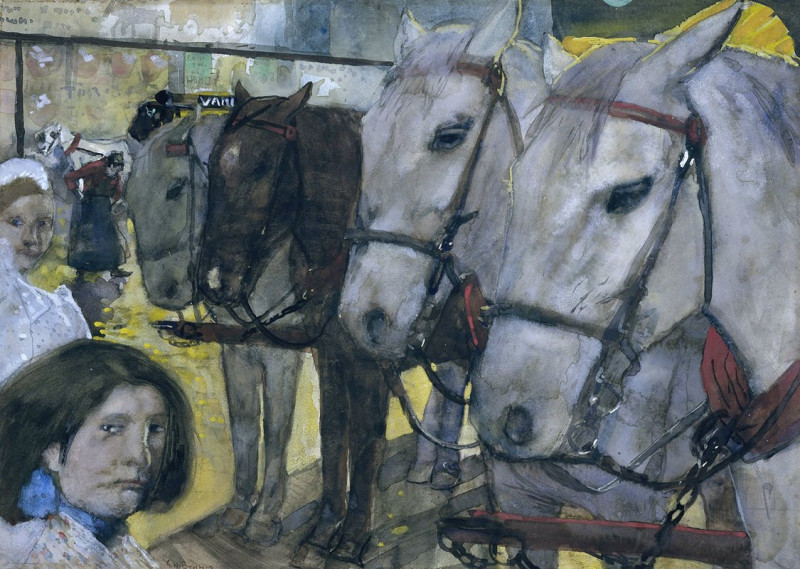
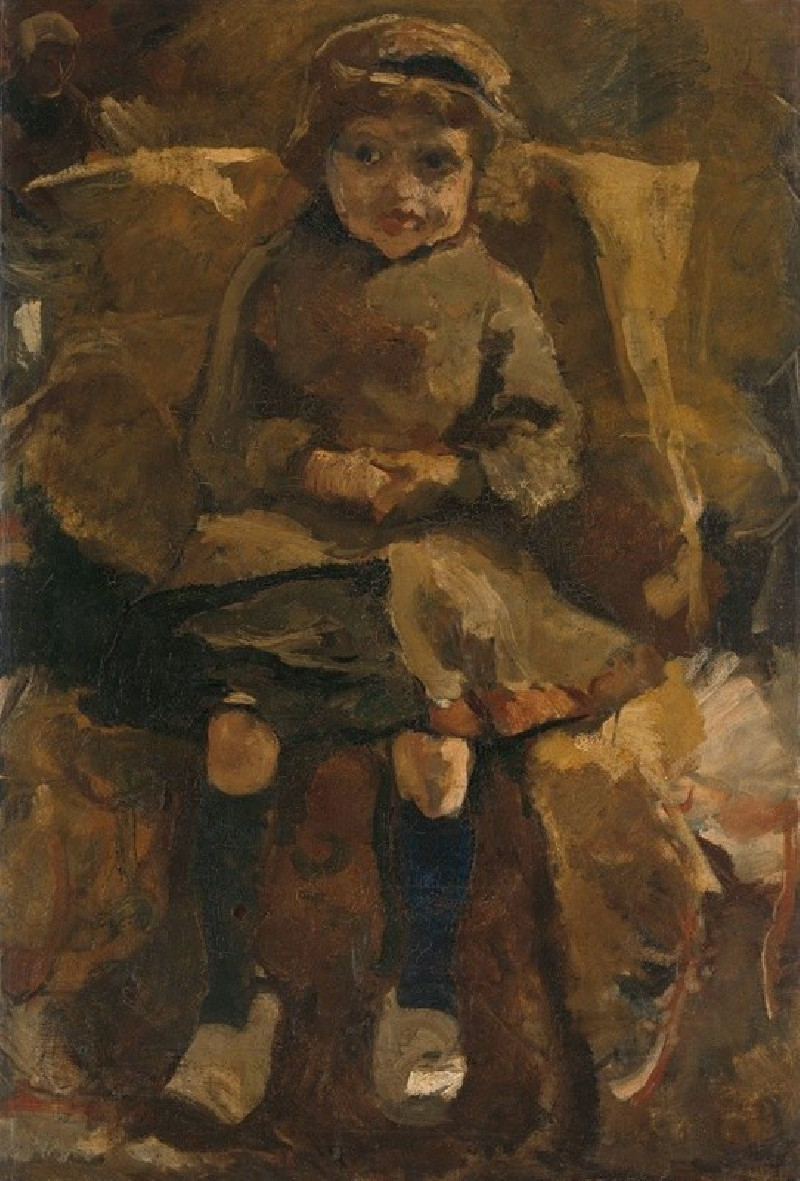


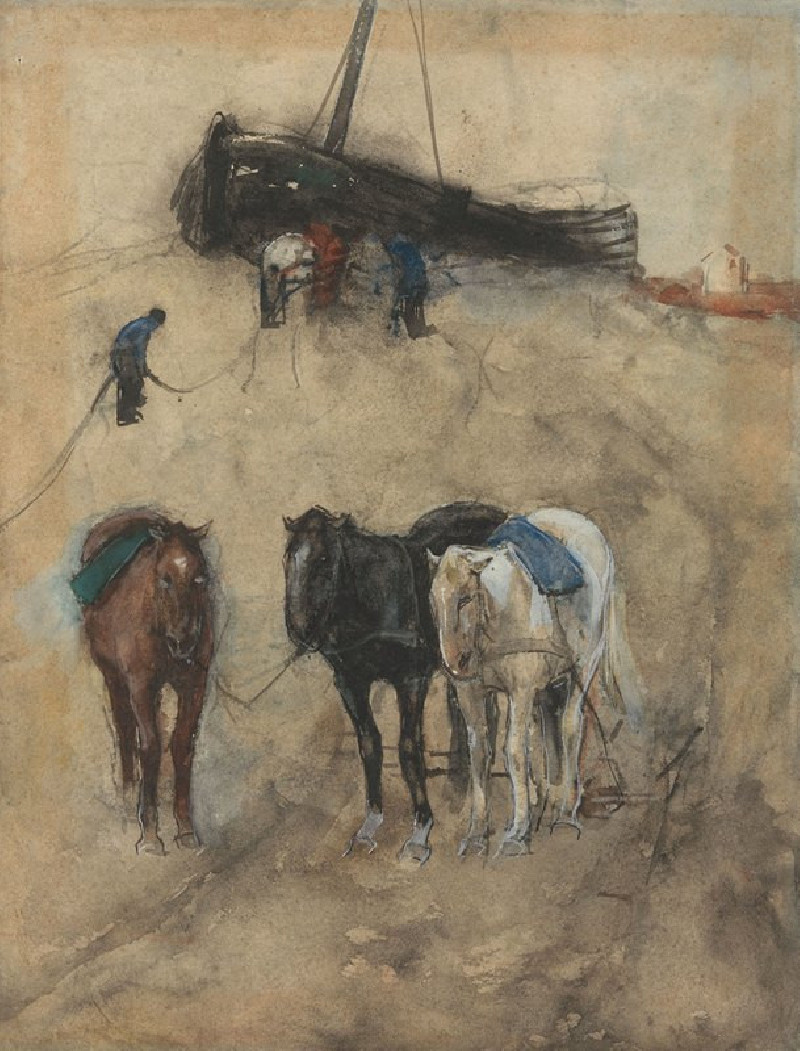






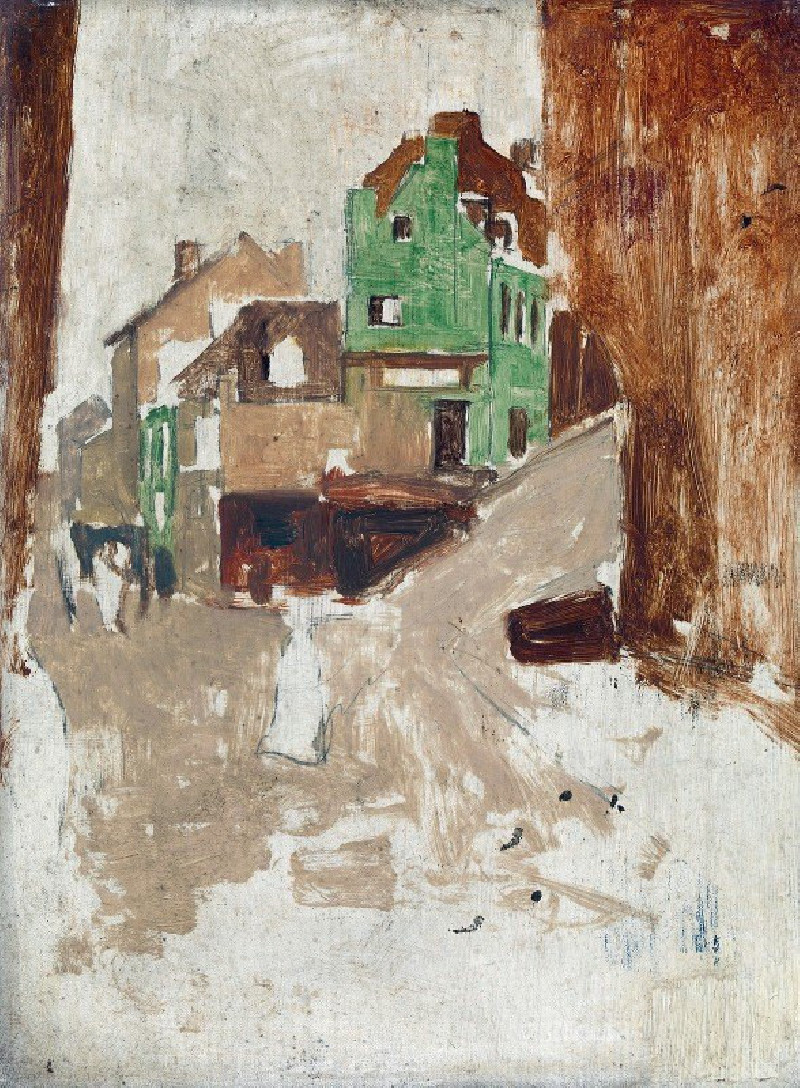



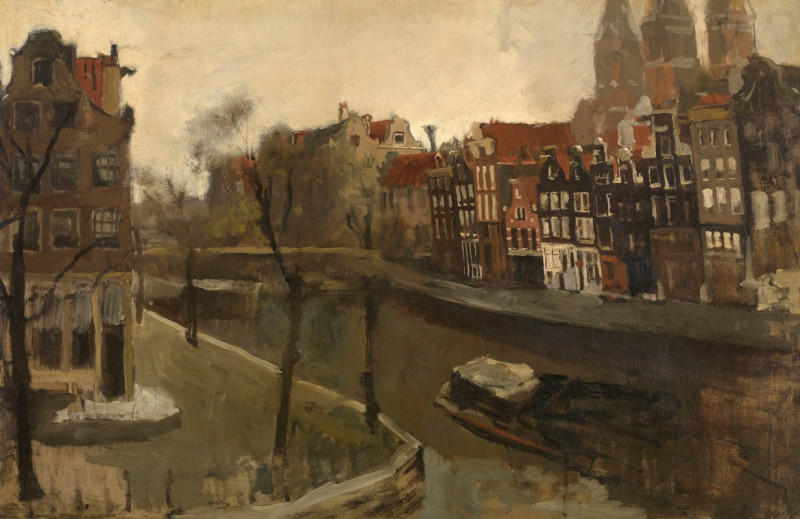
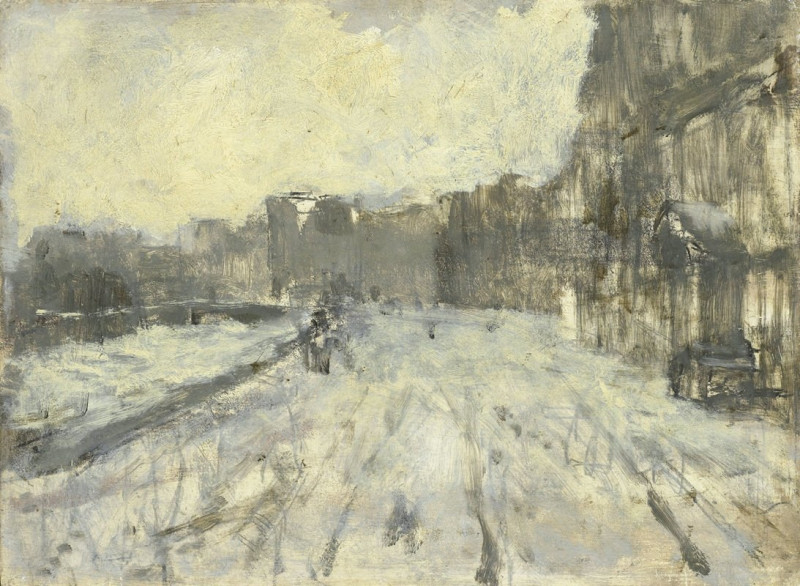
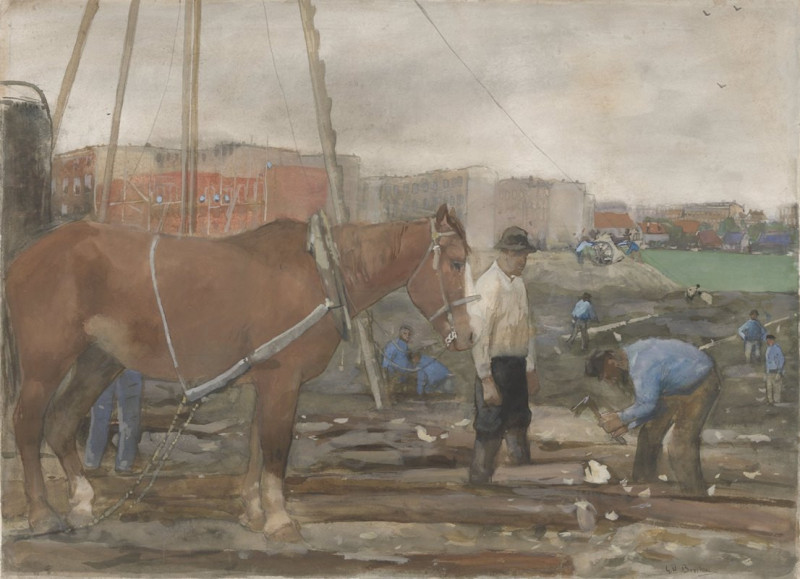
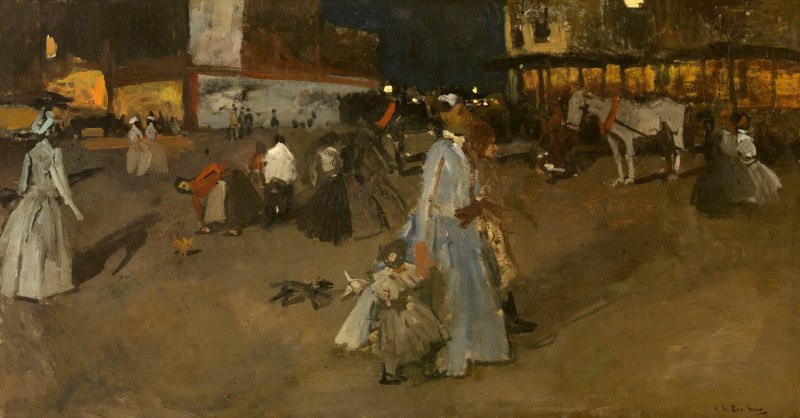
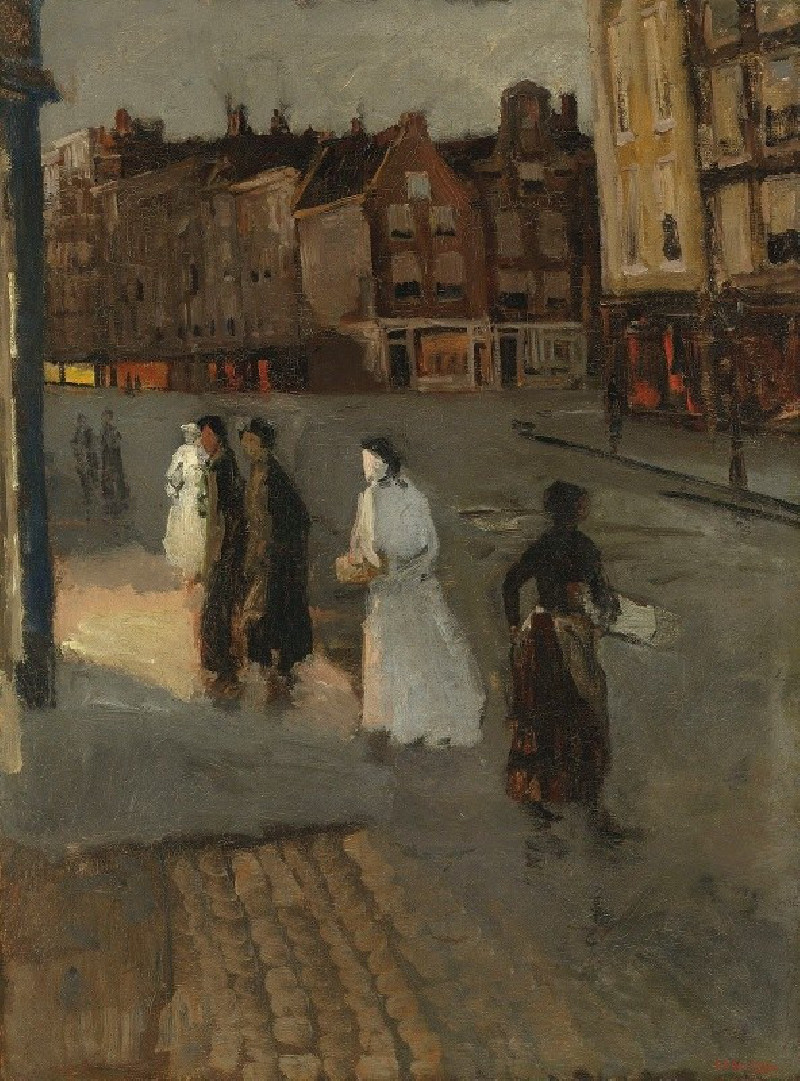

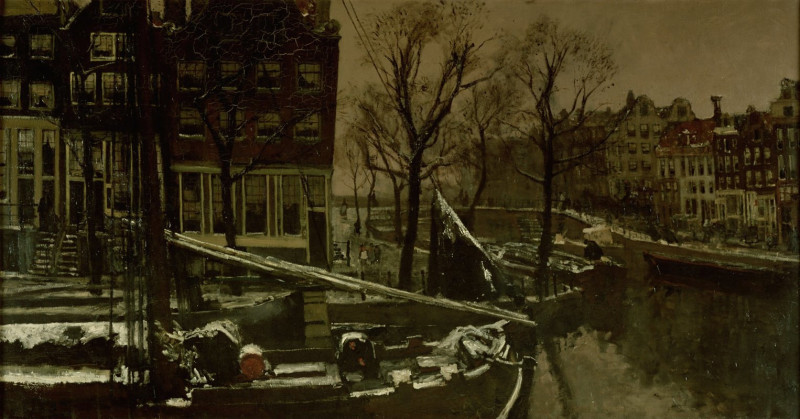


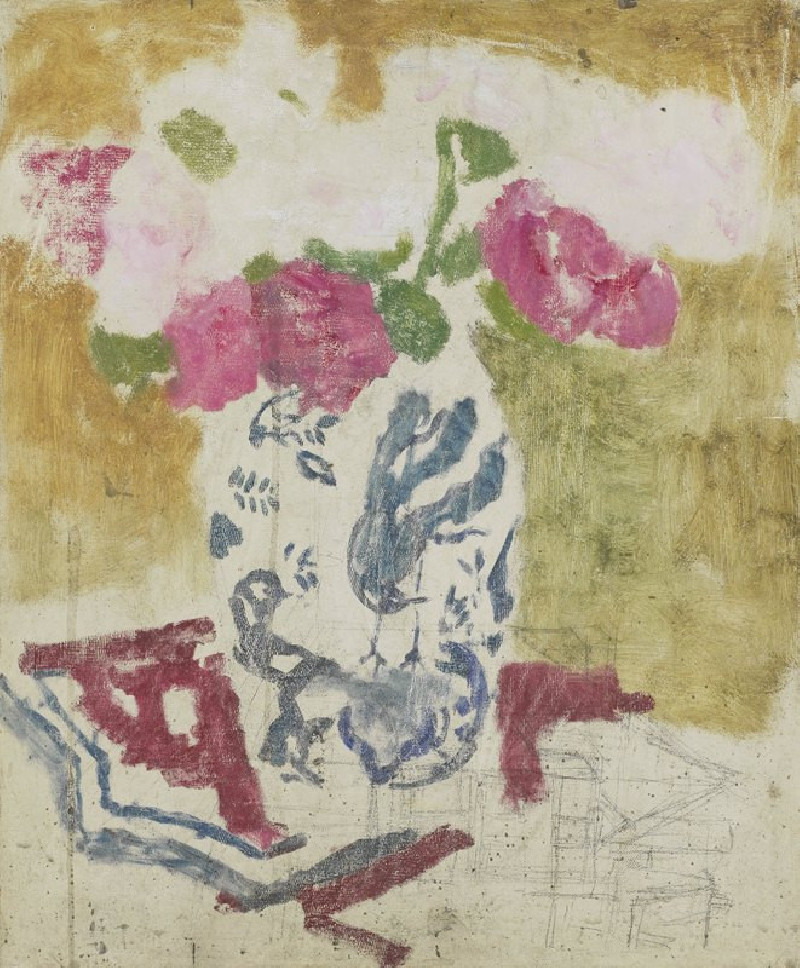
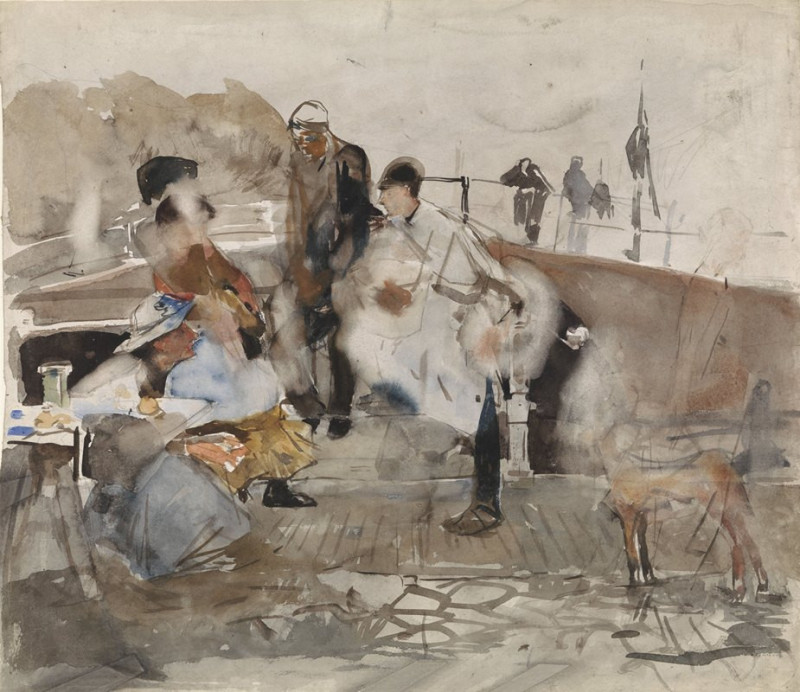

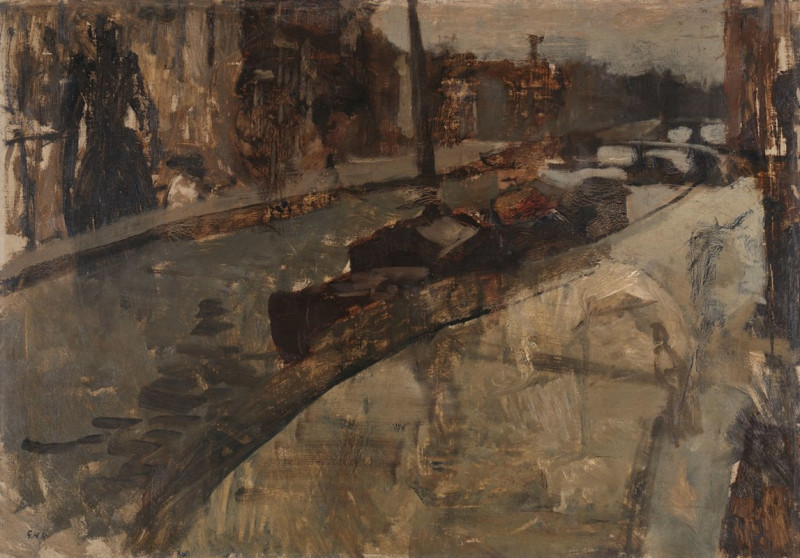
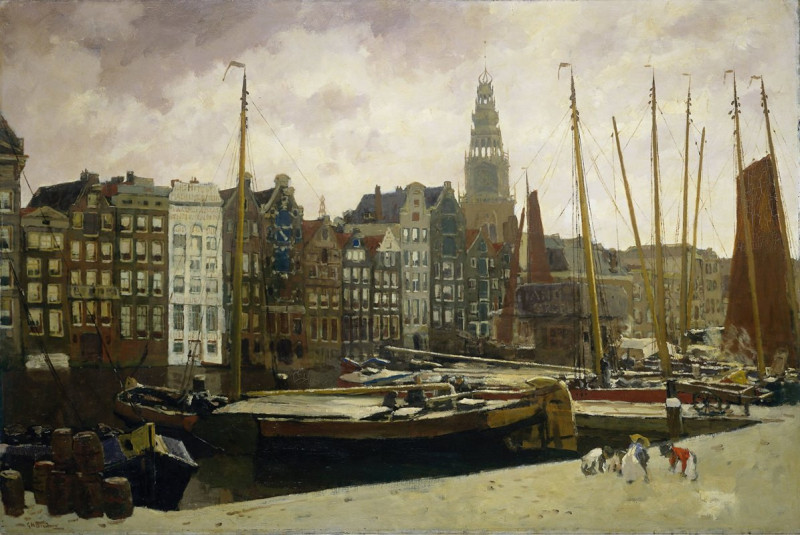
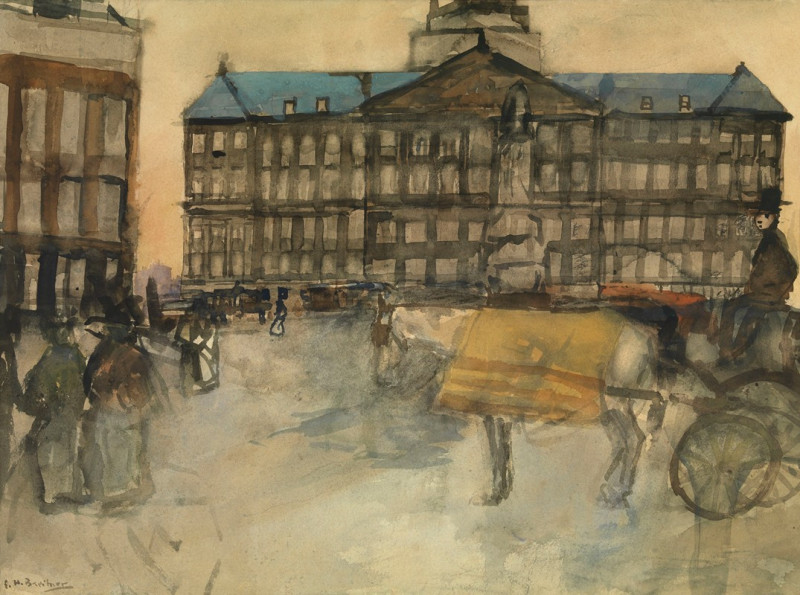
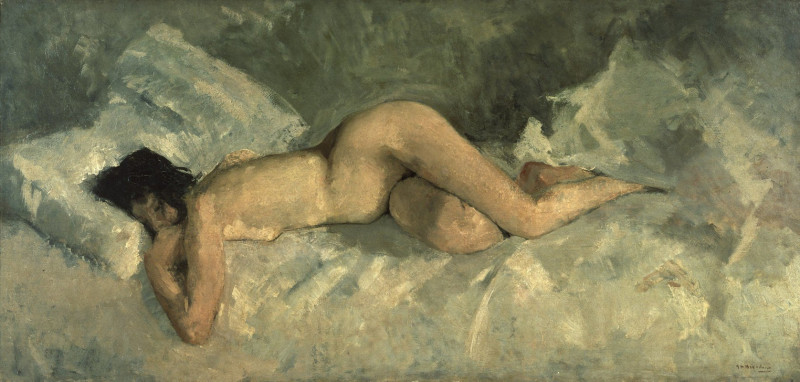
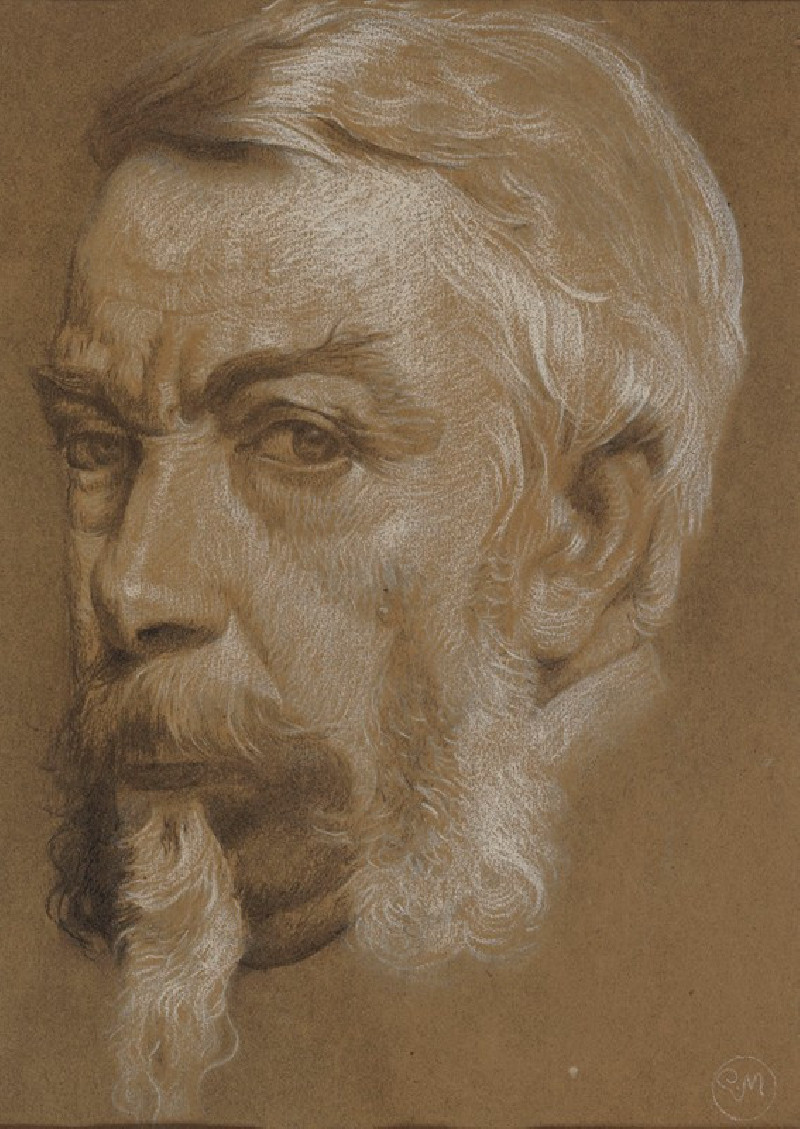
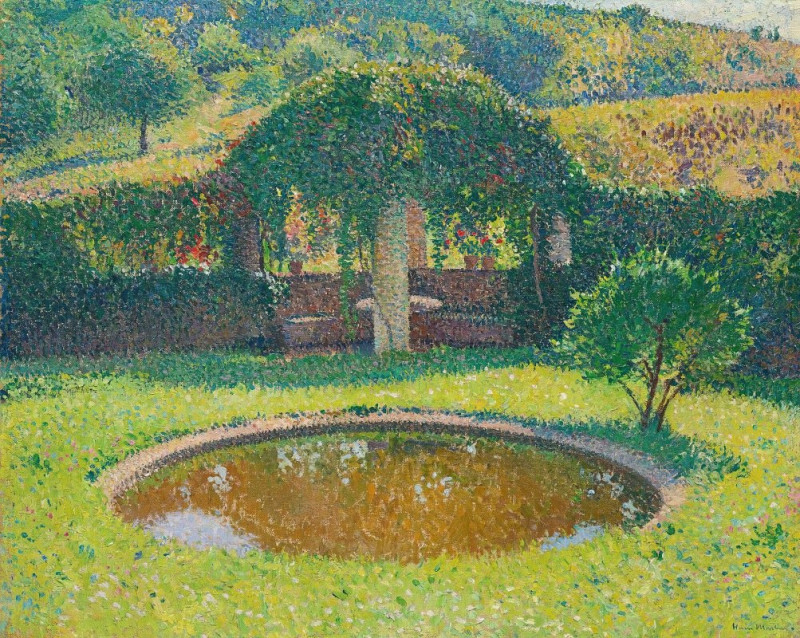
![Interior of the mosque of the Sultan El Ghoree [Masjid al-Ghuri]. (1846-1849) reproduction of painting by David Roberts. ALL ...](https://reprodukcijos.lt/39128-large_default/reproduction-of-interior-of-the-mosque-of-the-sultan-el-ghoree-masjid-al-ghuri-1846-1849.jpg)
